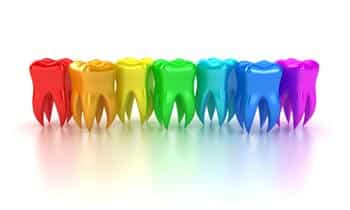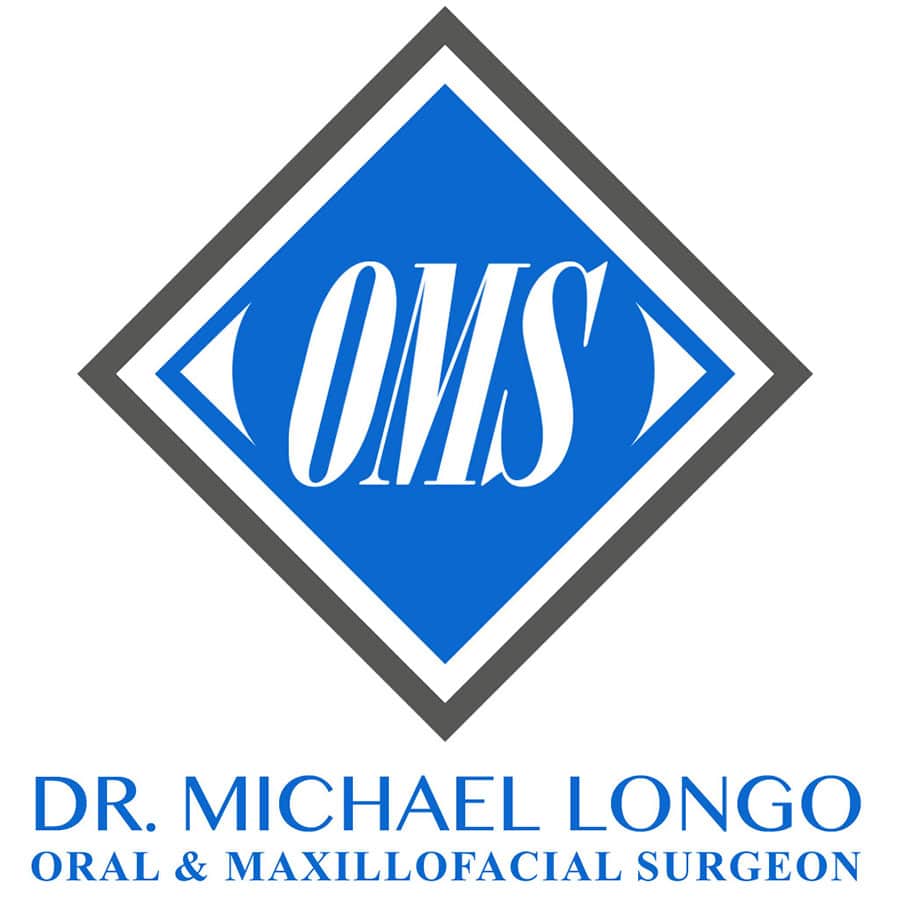
Contact us at 1-203-468-7181 to schedule an appointment in our East Haven, CT office.
We offer an extensive list of Services, some of which are included below. If you have questions about any of our treatment options please give our friendly staff a call to see about scheduling an appointment so we can go over your specific treatment options in more detail. You can click on any of the topics listed below to learn more.
Dental Implants:
Dental implants are the replacement of tooth roots in the mouth. Implants provide a strong foundation for fixed or removable replacement teeth. Dental implants are small anchors made of biocompatible metal called titanium, which are placed in the jawbone. The anchors begin to fuse with the bone over a few months. After the fusing process, known as osseointegration, abutment posts are inserted into the anchors to allow for the permanent attachment of the replacement teeth. To fabricate the replacement teeth, an impression is taken and a model of the bite is created. The replacement teeth are based on this model. Replacement teeth can either be crowns or dentures.
Wisdom Teeth Removal (3rd Molars):
A wisdom tooth that is deemed problematic is normally extracted to avoid any oral complications. To have a wisdom tooth removed, a small incision is made to open up the gum tissue over the tooth and remove any bone that is covering the tooth. Once the tooth is in view, it is gently grasped with a dental instrument, known as a forcep, and gently rocked back and forth to loosen it from the jaw bone and surrounding ligaments. Sometimes the tooth may need to be cut into smaller pieces to make it easier or removal. Stitches may be necessary after the removal of a wisdom tooth.
Extractions:
A tooth that can not be saved with restorative materials may need to be removed. Before removing your tooth, the area will be numbed with anesthesia. The tooth is then loosened using a special dental instrument known as an elevator. After it is loosened from the socket, it is gently removed by a forcep, a dental instrument commonly used in dental extractions. Stitches may be necessary after the removal of a tooth.
Bone Grafting:
Bone grafting is the replacement or enhancement of bone around teeth. When a tooth is lost, the surrounding bone collapses. Bone grafting is performed to reverse bone loss or enhance bone. The bone can be taken from parts of the body or from synthetic material. Bone grafting allows for proper support of dental implants or prostheses.
Impacted Teeth:
An impacted tooth is a tooth that fails to fully pass through the gums for various reasons.
Impacted wisdom and cuspid (or canine) teeth are fairly common. To correct impacted teeth, there are a few treatment options. For impacted wisdom, the most common procedure is extraction. For impacted canine teeth, several treatment modalities are available. Treatment can involve orthodontics (braces) to allow open spaces for proper eruption, a visit to the oral surgeon to remove over retained primary (baby) teeth or to surgically expose the tooth and place an orthodontic bracket to help bring it down into proper alignment.
Impacted wisdom and cuspid (or canine) teeth are fairly common. To correct impacted teeth, there are a few treatment options. For impacted wisdom, the most common procedure is extraction. For impacted canine teeth, several treatment modalities are available. Treatment can involve orthodontics (braces) to allow open spaces for proper eruption, a visit to the oral surgeon to remove over retained primary (baby) teeth or to surgically expose the tooth and place an orthodontic bracket to help bring it down into proper alignment.
Facial Trauma:
Facial trauma involves injuries to the bone, teeth, skin, gums or other soft tissues.
Depending on the type of facial trauma sustained there are many different treatment options available. However, the goal of treatment is to stop any bleeding from occurring, create a clear airway, repair any broken or fractured bone, and or suture any damaged soft tissue. Treatment is immediate, as long as there are no neck fractures or life-threatening injuries.
Depending on the type of facial trauma sustained there are many different treatment options available. However, the goal of treatment is to stop any bleeding from occurring, create a clear airway, repair any broken or fractured bone, and or suture any damaged soft tissue. Treatment is immediate, as long as there are no neck fractures or life-threatening injuries.
Sinus Lift:
A sinus lift is a surgery that adds bone to your upper jaw in the premolar and molar areas of your mouth . To add bone, an incision is made where the premolar and molar teeth were previously. Once the bone is exposed, a small circular shape is made in the bone to access the sinus. Once the sinus is accessed, the sinus membrane is gently pushed up and away from the upper jaw. Once this is done, bone graft material is filled into the space where the sinus was previously. Once the bone is in place, the incision is closed and the healing process begins.
Oral Pathology:
Oral and maxillofacial pathology refers to the diseases of the mouth and the jaw. Treatment options vary based on the patient’s specific needs.
TMJ Disorders:
The temporomandibular joint (TMJ) is similar to a sliding hinge that connects your jawbone to your skull. TMJ disorders can cause pain in the jaw joint and in the muscles that control jaw movement.
To treat TMJ disorders, first the cause has to be identified. In less severe cases TMJ disorders can be treated with self-managed care (easting soft foods, using ice packs, avoiding extreme jaw movement) or nonsurgical treatments (anti-inflammatory medications, Botox injections, stabilization splints). In severe cases surgical treatments (jaw joint replacements) may be necessary.
TMJ conditions fall into three main categories:
Myofascial pain which involves discomfort or pain in the muscles that control jaw function.
Internal derangement of the joint that can mean a displaced disc, dislocated jaw, or injury to the condyle.
Arthritis which is degenerative inflammatory disorder.
To treat TMJ disorders, first the cause has to be identified. In less severe cases TMJ disorders can be treated with self-managed care (easting soft foods, using ice packs, avoiding extreme jaw movement) or nonsurgical treatments (anti-inflammatory medications, Botox injections, stabilization splints). In severe cases surgical treatments (jaw joint replacements) may be necessary.
TMJ conditions fall into three main categories:
Myofascial pain which involves discomfort or pain in the muscles that control jaw function.
Internal derangement of the joint that can mean a displaced disc, dislocated jaw, or injury to the condyle.
Arthritis which is degenerative inflammatory disorder.
Anatomage:
Anatomage, the latest in dental virtual reality is a 3D imaging software used in dentistry to detect, diagnose, and treat all types of dental procedures. Anatomage imaging software offers a variety of imaging detail in every area of dentistry, from 3D hard and soft tissue reconstruction to impression- less virtual models of teeth.
Apicoectomy:
An apicoectomy is a root tip surgery. This procedure removes a tooth’s root tip to prevent further infection of the root. To perform an apicoectomy, a small incision is made in the gum and bone over the tooth’s root. After the root tip is accessed, it is cleaned and sealed with a small filling. The gum is then stitched back into place with stitches.
Laser Surgery:
Dental laser surgery uses a beam of intense light to correct dental problems. The energy produced by the laser cuts or vaporizes the tissue it is concentrated on. Laser surgery often means less discomfort, an easier and quicker recovery time and fewer shorter appointments.
Lasers have several uses for dental surgery. Some common types of dental laser surgery include but are not limited to: dental cavities, root canals, gum surgery, dental abscess, biopsy, and treatment of lesions.
Lasers have several uses for dental surgery. Some common types of dental laser surgery include but are not limited to: dental cavities, root canals, gum surgery, dental abscess, biopsy, and treatment of lesions.
Looking for a practice in the East Haven area? Contact us at 1-203-468-7181 to schedule an appointment today!
